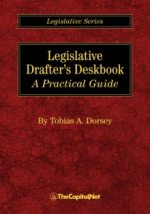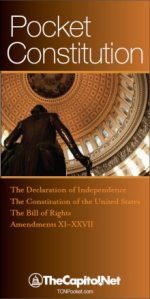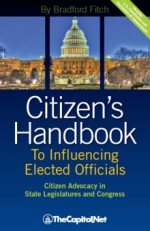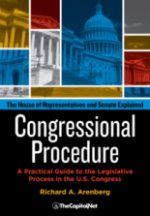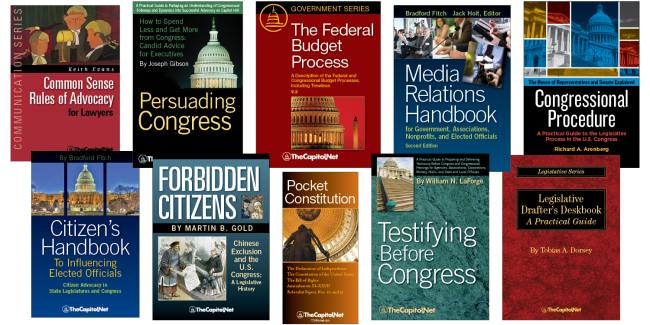From the Congressional Glossary – Including Legislative and Budget Terms
Engrossed Bill / Engrossed Measure

The final official copy of a bill as passed by one chamber, with the text as amended by floor action and certified by the clerk of the House or the secretary of the Senate. After a measure has been passed by one house, an engrossed version is transmitted to the other chamber. When a measure is received in the second chamber, it is either ordered “held at the desk” or referred to the appropriate committee.
If the second chamber, the recipient chamber, considers and passes the measure with changes, it returns it to the chamber of origin. The originating chamber has several options. It can accept the second chamber’s amendment, it can accept the second chamber’s amendment with a further amendment, or it can disagree with the other chamber’s amendment and request a conference. The second chamber can also request a conference immediately rather than returning the measure to the first chamber with an amendment. A chamber must possess the papers to request a conference. The papers are the engrossed measure (measure as passed by the first chamber), engrossed amendments (measure as passed by the second chamber), and messages of transmittal between the chambers. The second chamber’s engrossed version appears as an amendment or amendments to the first chamber’s measure. A public print might also be printed, incorporating the second chamber’s–almost always the Senate’s–amendment into the text of the measure.
The first page of an engrossed version contains just the measure number and the designation An Act rather than A Bill or A Resolution.
Also see
- Amendment (CongressionalGlossary.com)
- Conference Committee (CongressionalGlossary.com)
- Bills (CongressionalGlossary.com)
- Custody of the Papers (CongressionalGlossary.com)
- Enrolled Bill (CongressionalGlossary.com)
- Resolution (CongressionalGlossary.com)
- § 6.260 Reconciling Differences between House-Passed and Senate-Passed Legislation, § 6.270 Amendments between the Houses, § 9.60 Versions of Legislation, in Congressional Deskbook
- Chapter 5.N. Final Passage; Chapter 6.B. Resolving Differences; in Congressional Procedure
More
- “Introduction to the Legislative Process in the U.S. Congress,” CRS Report R42843 (18-page PDF
 )
) - “Votes on Measures to Adjust the Statutory Debt Limit, 1978 to Present,” CRS Report R41814 (19-page PDF
 )
) - “Iran Sanctions,” CRS Report RS20871 (102-page PDF
 )
) - “Engrossment, Enrollment, and Presentation of Legislation,” CRS Report 98-826 (7-page PDF
 )
) - “Resolving Legislative Differences in Congress: Conference Committees and Amendments Between the Houses,” CRS Report 98-696 (40-page PDF
 )
) - “From Slip Law to United States Code: A Guide to Federal Statutes for Congressional Staff,” CRS Report R45190 (17-page PDF
 )
)
Courses
- Congressional Operations Briefing – Capitol Hill Workshop
- Drafting Federal Legislation and Amendments
- Writing for Government and Business: Critical Thinking and Writing
- Custom Training
- Drafting Effective Federal Legislation and Amendments in a Nutshell, Audio Course on CD
- Congress, the Legislative Process, and the Fundamentals of Lawmaking Series, a Nine-Course series on CD
Publications
CongressionalGlossary.com, from TheCapitol.Net
For more than 40 years, TheCapitol.Net and its predecessor, Congressional Quarterly Executive Conferences, have been teaching professionals from government, military, business, and NGOs about the dynamics and operations of the legislative and executive branches and how to work with them.
Our custom on-site and online training, publications, and audio courses include congressional operations, legislative and budget process, communication and advocacy, media and public relations, testifying before Congress, research skills, legislative drafting, critical thinking and writing, and more.
TheCapitol.Net is on the GSA Schedule, MAS, for custom on-site and online training. GSA Contract GS02F0192X
TheCapitol.Net is now owned by the Sunwater Institute.
Teaching how Washington and Congress work ™

